
Sarah Zielinski wanted to be a marine biologist when she was growing up, but after graduating from Cornell University with a B.A. in biology, and a stint at the National Science Foundation, she realized that she didn’t want to spend her life studying just one area of science — she wanted to learn about it all and share that knowledge with the public. In 2004, she received an M.A. in journalism from New York University’s Science, Health and Environmental Reporting Program and began a career in science journalism. She worked as a science writer and editor at the Journal of the National Cancer Institute, the American Geophysical Union’s newspaper Eos and Smithsonian magazine before becoming a freelancer. During that time, she started her blog, Wild Things, and moved it to Science News magazine, and then became an editor for and frequent contributor to Science News Explores. Her work has also appeared in Slate, Science, Scientific American, Discover and National Geographic News. She is the winner of the DCSWA 2010 Science News Brief Award and editor of the winner of the Gold Award for Children’s Science News in the 2015 AAAS Kavli Science Journalism Awards, “Where will lightning strike?” published in Science News Explores. In 2005, she was a Marine Biological Laboratory Science Journalism Fellow.

Trustworthy journalism comes at a price.
Scientists and journalists share a core belief in questioning, observing and verifying to reach the truth. Science News reports on crucial research and discovery across science disciplines. We need your financial support to make it happen – every contribution makes a difference.
All Stories by Sarah Zielinski
-
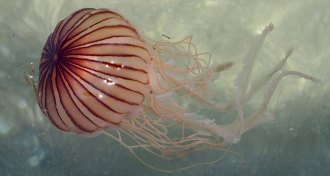 Animals
AnimalsSome jellyfish sting deeper than others
A new study shows that some jellyfish have nematocysts that can sting deep into the skin. That may explain why their sting is so painful.
-
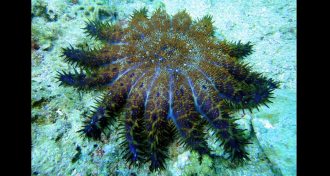 Animals
AnimalsCoral competitor becomes ally in fight against starfish
On the reef, algae compete with coral. But they may also protect coral from attacks by crown-of-thorns starfish, a new study finds.
-
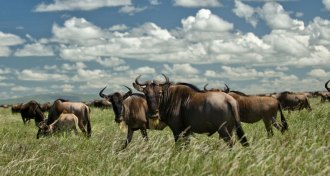 Animals
AnimalsA world of mammal diversity has been lost because of humans
Humans have eradicated large mammal biodiversity in most regions of the globe, a new study finds.
-
 Plants
PlantsWhat fairy circles teach us about science
Science can’t yet tell us how fairy circles form, but that’s not a failure for science.
-
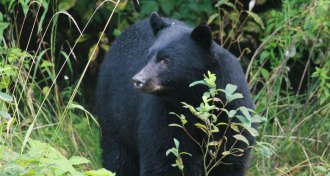 Animals
AnimalsA UFO would stress out a bear
Scientists need to know how animals, such as bears, react to the drones being used increasingly to study them.
-
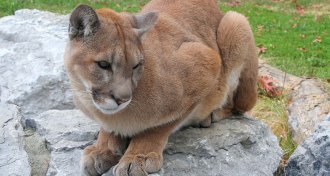 Animals
AnimalsCougars may provide a net benefit to humans
Cougars have disappeared from the eastern United States. If they returned, they’d kill deer, preventing many car crashes, scientists find.
-
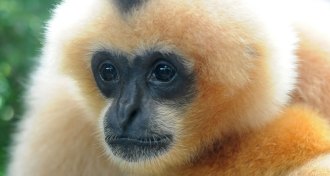 Animals
AnimalsGibbons have been disappearing from China for centuries
Gibbons are now found in only a small area of southwestern China. But they once thrived across much of the country, records show.
-
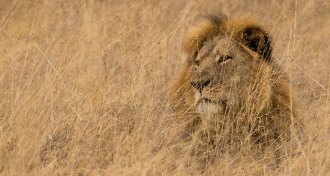 Animals
AnimalsDon’t let Cecil the lion distract from the big conservation challenges
Cecil the lion’s death rocketed across the news and social media. But there are bigger conservation challenges that need attention, too.
-
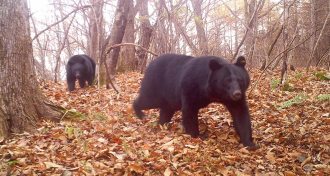 Animals
AnimalsHow bears engineer Japanese forests
In Japanese forests, black bears climb trees, breaking limbs. Those gaps in the forest provide light to fruiting plants, a new study finds.
-
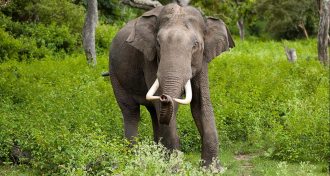 Animals
AnimalsOn the importance of elephant poop
Asian elephants are key dispersers for tree seeds. A new study finds that buffalo and cattle can also disperse the seeds, but not nearly as well.
-
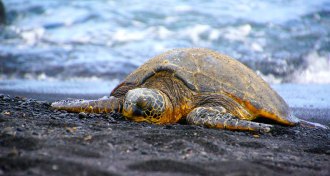 Animals
AnimalsSea level rise threatens sea turtles
Sea level rise is causing coastal areas to be inundated with water. Even short periods of being wet can kill sea turtle eggs, a new study finds.
-
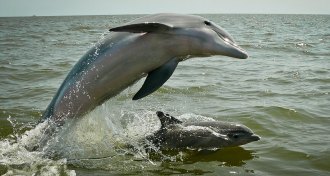 Animals
AnimalsEyewitness account of a dolphin birth takes a dark turn
Scientists witnessed the first wild birth of a bottlenose dolphin — and an attempt at infanticide.